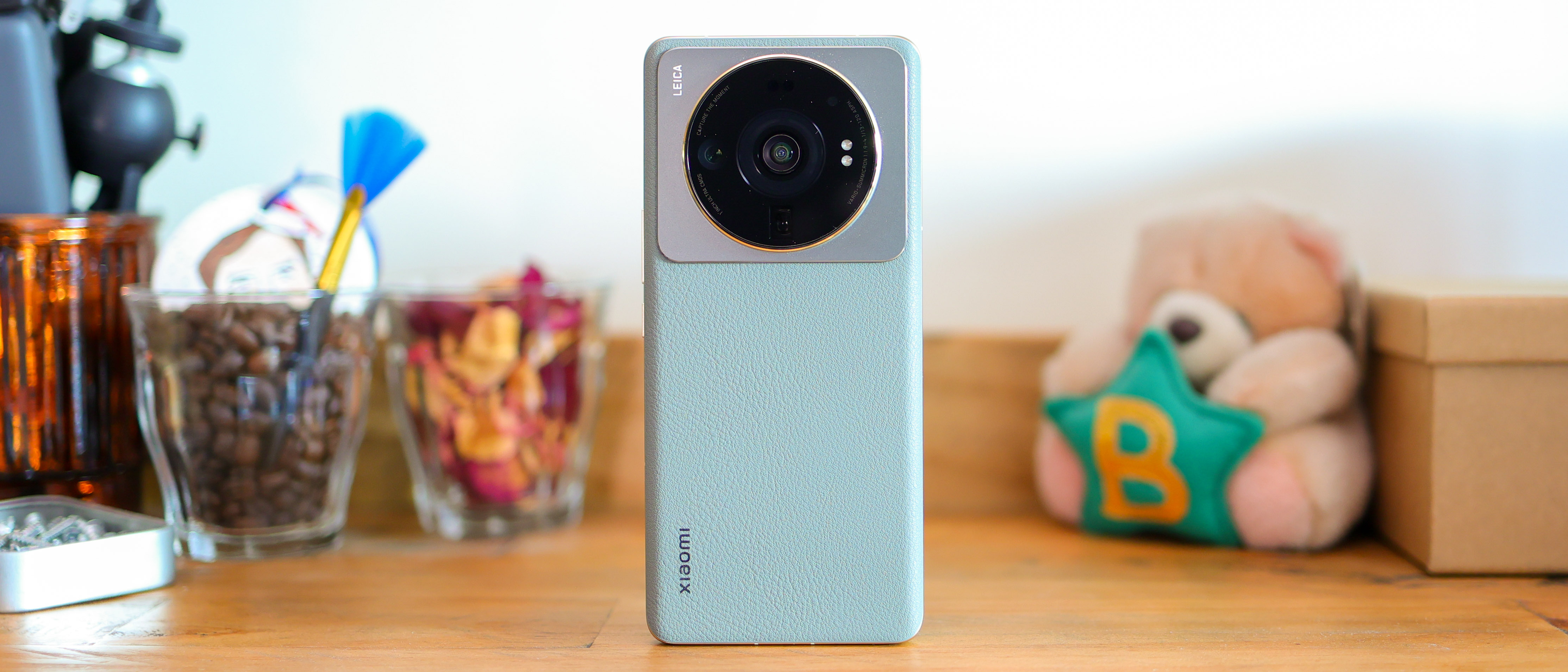Digital Camera World Verdict
The Xiaomi 12s Ultra is the best camera phone we've ever used. With its incredible 1-inch Sony IMX 989 sensor and Leica color science, it captures rich photos loaded with depth and detail. Strong telephoto and ultra-wide cameras also help it shine, and with a premium design, quality screen, and impressive battery life, there's very little to complain about – other than the fact it hasn't been launched outside China.
Pros
- +
Best-in-class primary camera
- +
Capable ultra-wide camera
- +
Powerful telephoto camera
- +
No major product flaws
Cons
- -
No Western availability
- -
Xiaomi's interface is heavy
- -
Depth of field can be impractical
- -
The selfie camera isn't great
Why you can trust Digital Camera World
The 12s Ultra represents a huge commitment in photography from Xiaomi. Starting with its partnership with legendary camera maker, Leica, to its investment in Sony's imaging division, which saw the brand part-fund the development of the huge 1-inch IMX 989 sensor in the 12s Ultra – Xiaomi means business. Even with all that commitment, though, we didn't expect the 12s Ultra to be as good as it is, especially after the Xiaomi Mi 11 Ultra didn't quite hit the mark.
The Mi 11 Ultra should have been incredible. It packed class-leading hardware – another massive Sony sensor but was let down by inconsistent image processing and overheating issues. This time, though, Xiaomi seems to have learned from its mistakes.
Also read our guide to the best Android phone for photography.
The 12s Ultra has upgraded its primary camera's sensor size to an RX100-matching 1-inch and includes Leica color science to help give its images a little bit of the iconic camera maker's magic. Xiaomi also brings back the capable 48MP secondary cameras from its Mi 11 Ultra, a five times periscope zoom, and an ultra-wide camera that packs autofocus for macro photography.
It isn't just the cameras that sing, though. With its premium design, sharp, high-quality display, top-tier power, and nippy charging speeds, there's very little about the Xiaomi 12s Ultra that leaves us cold. But there is one thing. The phone isn't launching outside China.
The question is, is the Xiaomi 12s Ultra so good, that photography enthusiasts should consider importing one, or is it just a mirage for Westerners, teasing the shape of things to come?
Xiaomi 12s Ultra design and screen
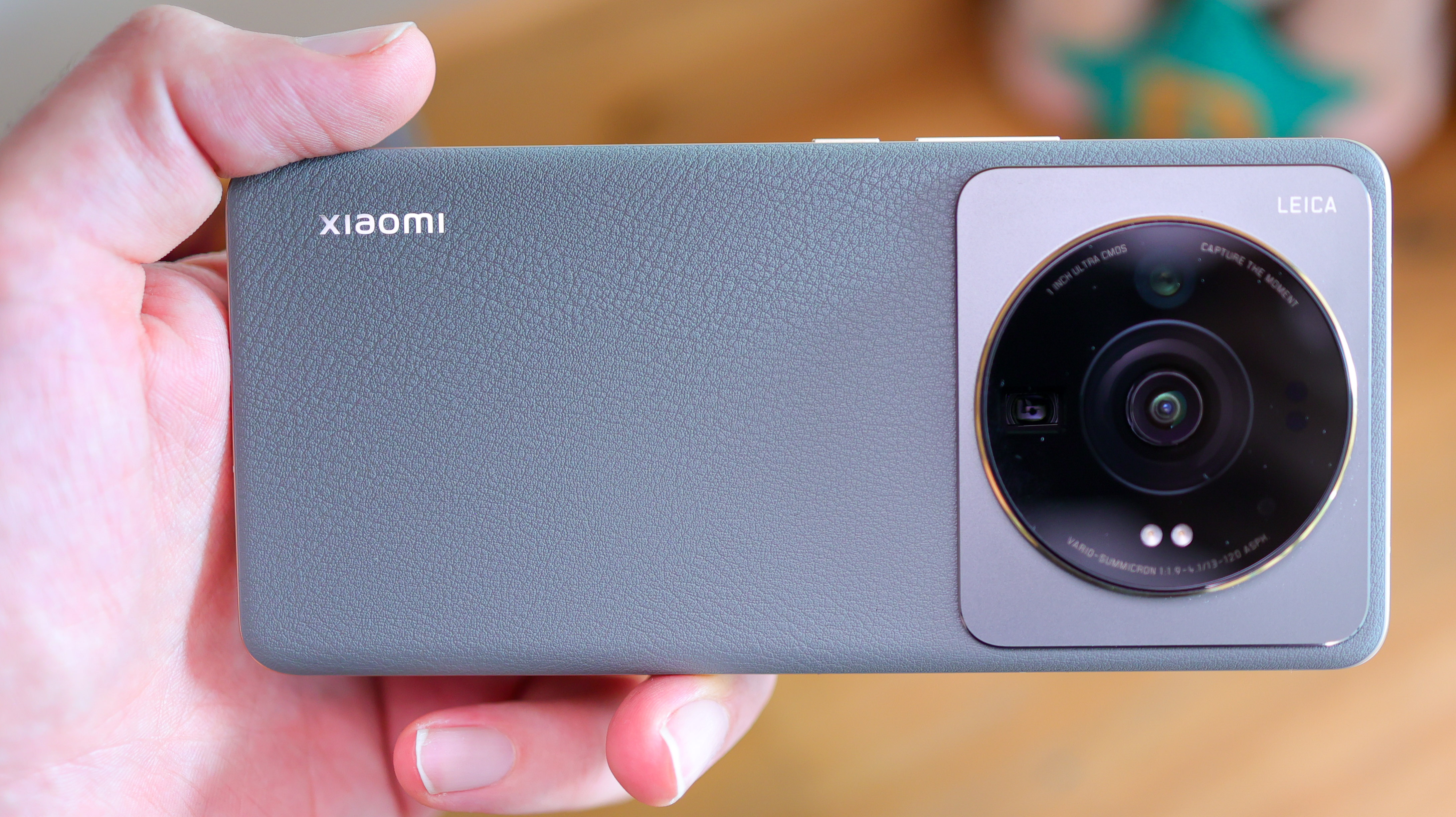
With its leather-like back, bold circular camera surround, and unapologetic thickness, the Xiaomi 12s Ultra gives us deconstructed Leica M11 vibes, especially in its black variant.
This incredibly robust-feeling phone comes in both black and grey, though Xiaomi calls the grey version green. It's one of the thickest smartphones on the market at around 1.3cm (when you factor in its ample camera bump), but we quite like the camera's heft. One glance at it, and you know to expect a mighty camera, and that's exactly what you get.
Atop the vegan leather material that wraps around the phone's back is a blasted metal rectangle. From it, a ring that houses all three rear cameras rises, complete with a fine gold bevel, which adds a rich flourish. It's all very grand-looking.
The sides of the Xiaomi 12s Ultra round elegantly into the back and front, both of which are curved, and the base and top of the phone are flat. As for ports and buttons, there's a USB-C port at the bottom alongside a loudspeaker and a SIM card slot. On the top is a second loudspeaker and an IR blaster, and the volume and power buttons are on the right side.
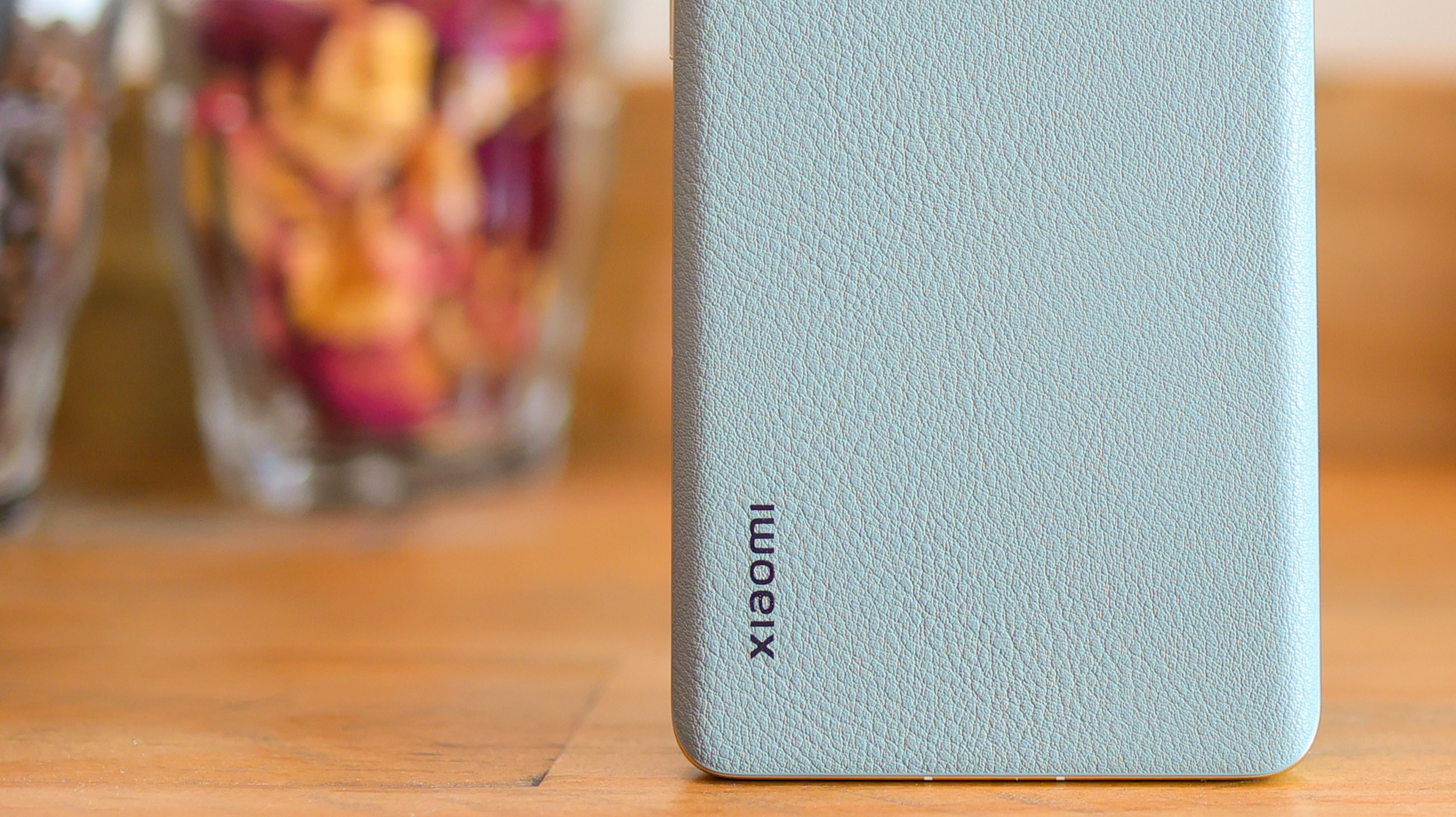
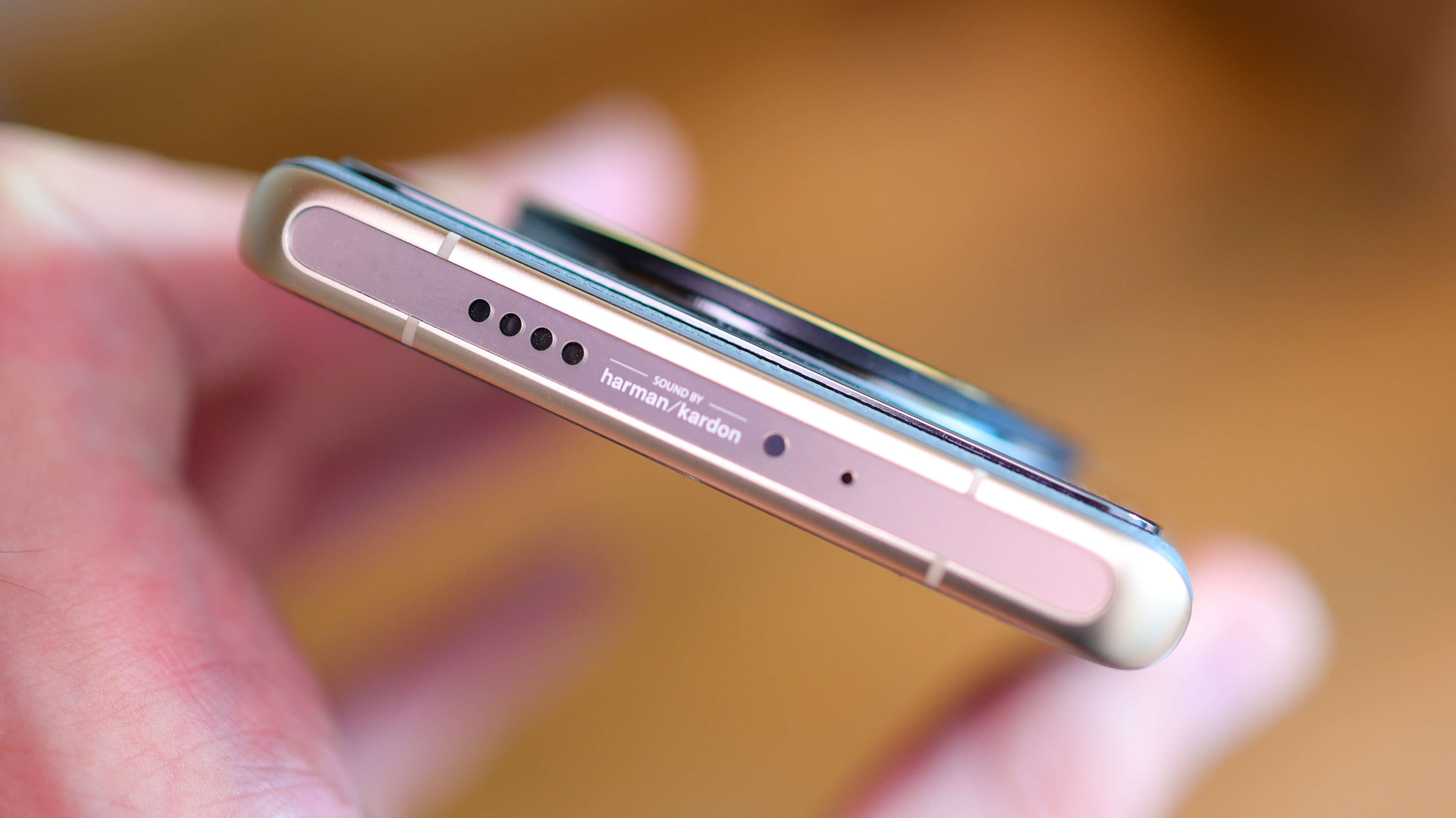
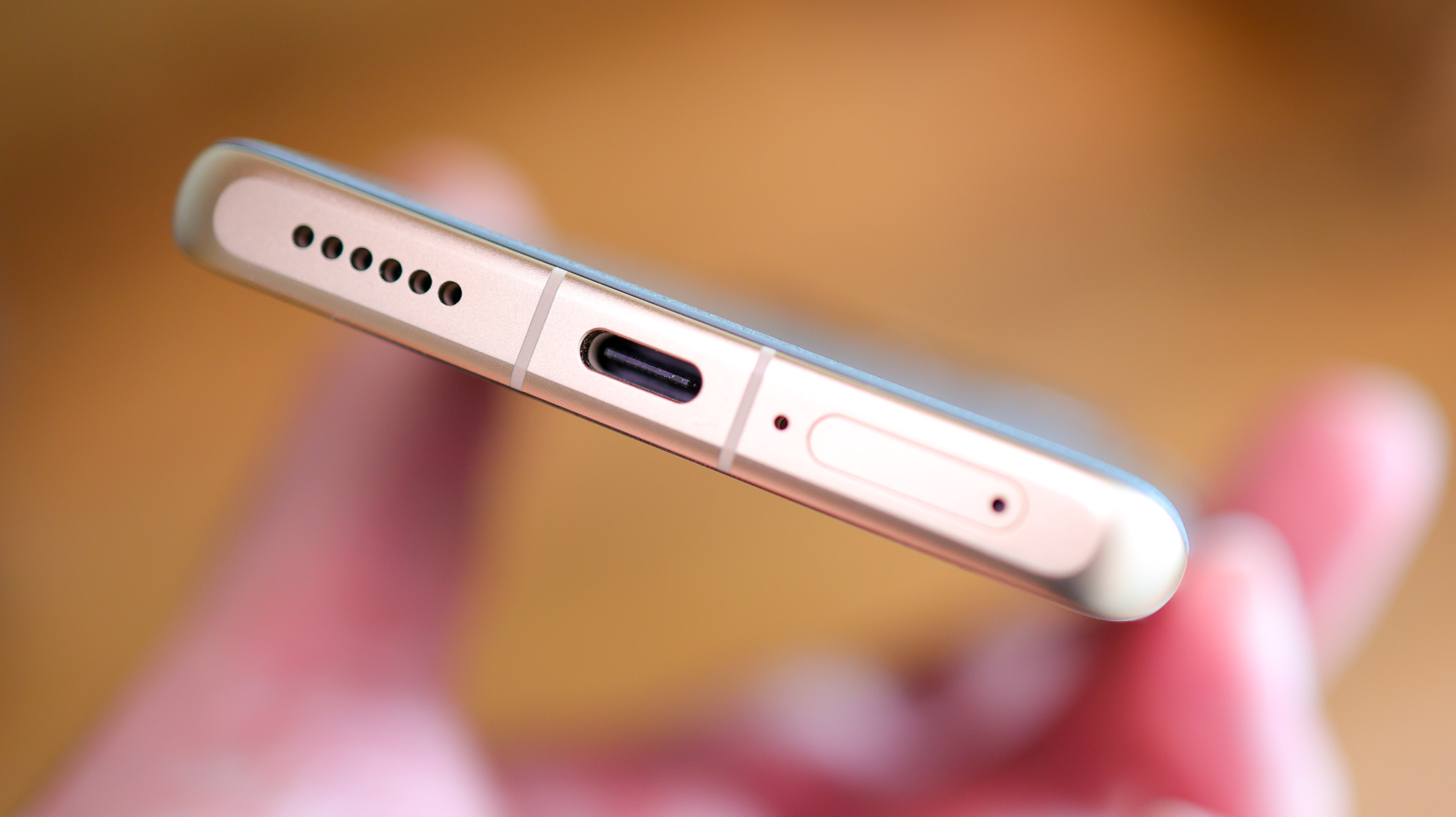
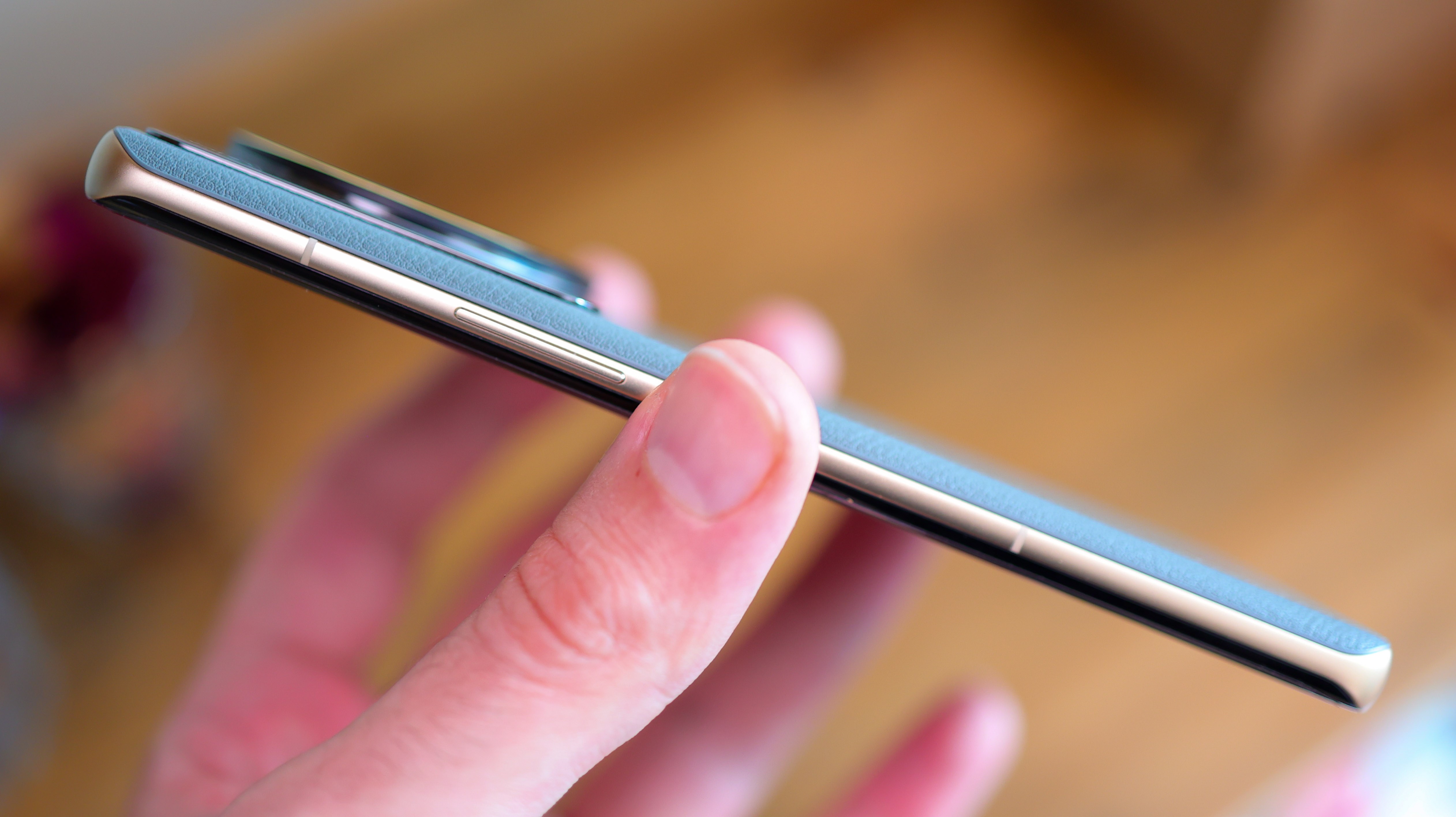
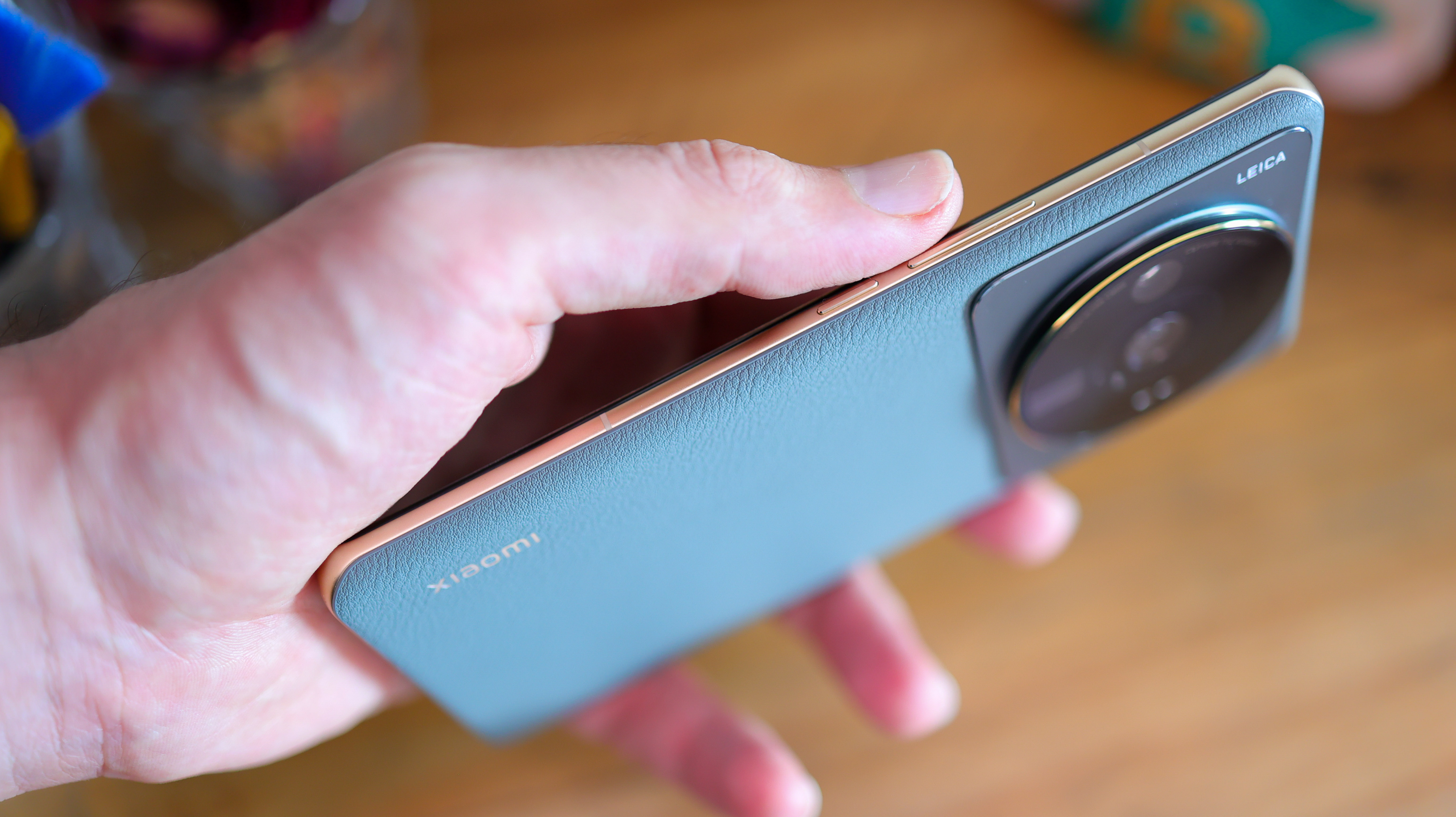
With IP68 water and dust resistance as well as a pre-fitted screen protector and a case in the box, the Xiaomi 12s Ultra is pretty hardy too. This rounds off a great impression. While there's no doubt about it – this isn't a dainty, small phone, Xiaomi does a good job of giving the 12s Ultra's design a degree of elegance despite its bulk.
Like the OnePlus 10 Pro, the Xiaomi 12s Ultra uses an LTPO display with a 2K resolution. Coupling that high resolution with the 12s Ultra's 6.73-inch size, the phone's screen is sharp, with a pixel-per-inch count of over 500 PPI. That's sharper than an iPhone 13 Pro Max.
With excellent viewing angles, vibrant color reproduction, and a high contrast ratio, the Xiaomi 12s Ultra's screen shows off pictures and videos well. And with brightness climbing as high as 1500 nits, and dimming down to an easy-on-the-eyes minimum brightness, it's also easy to see outdoors in bright environments, and comfortable to read on in the dark.
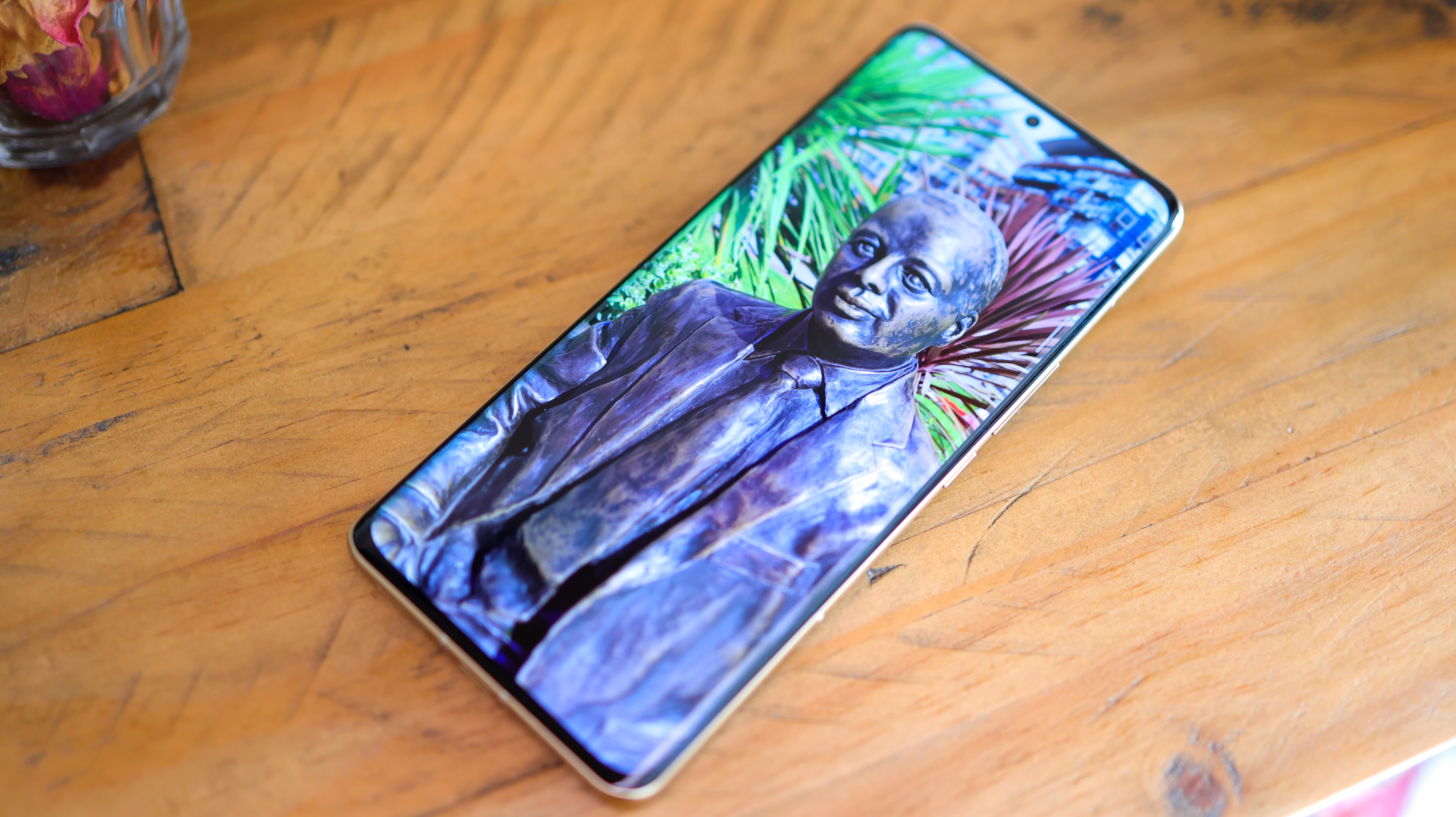
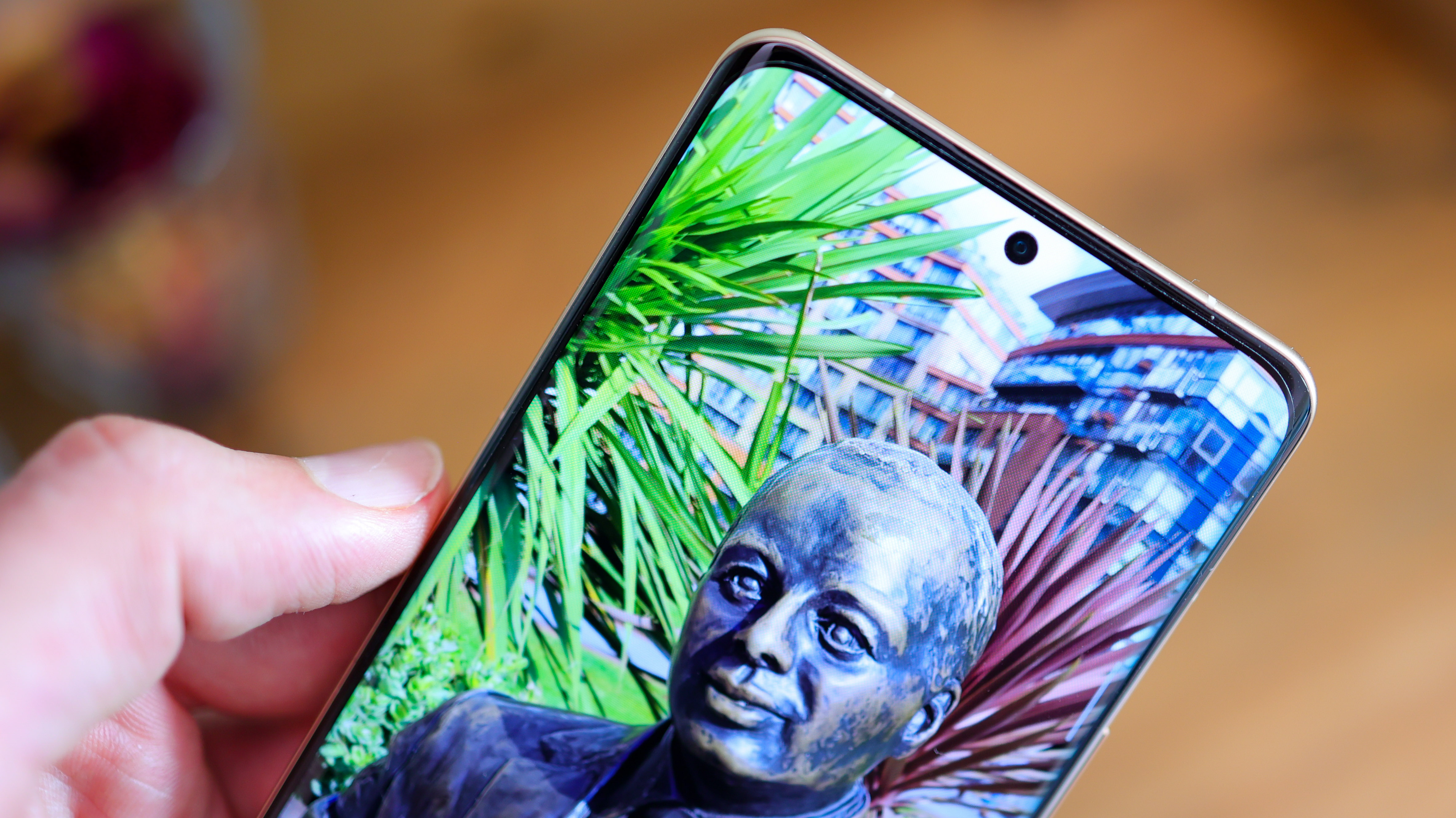
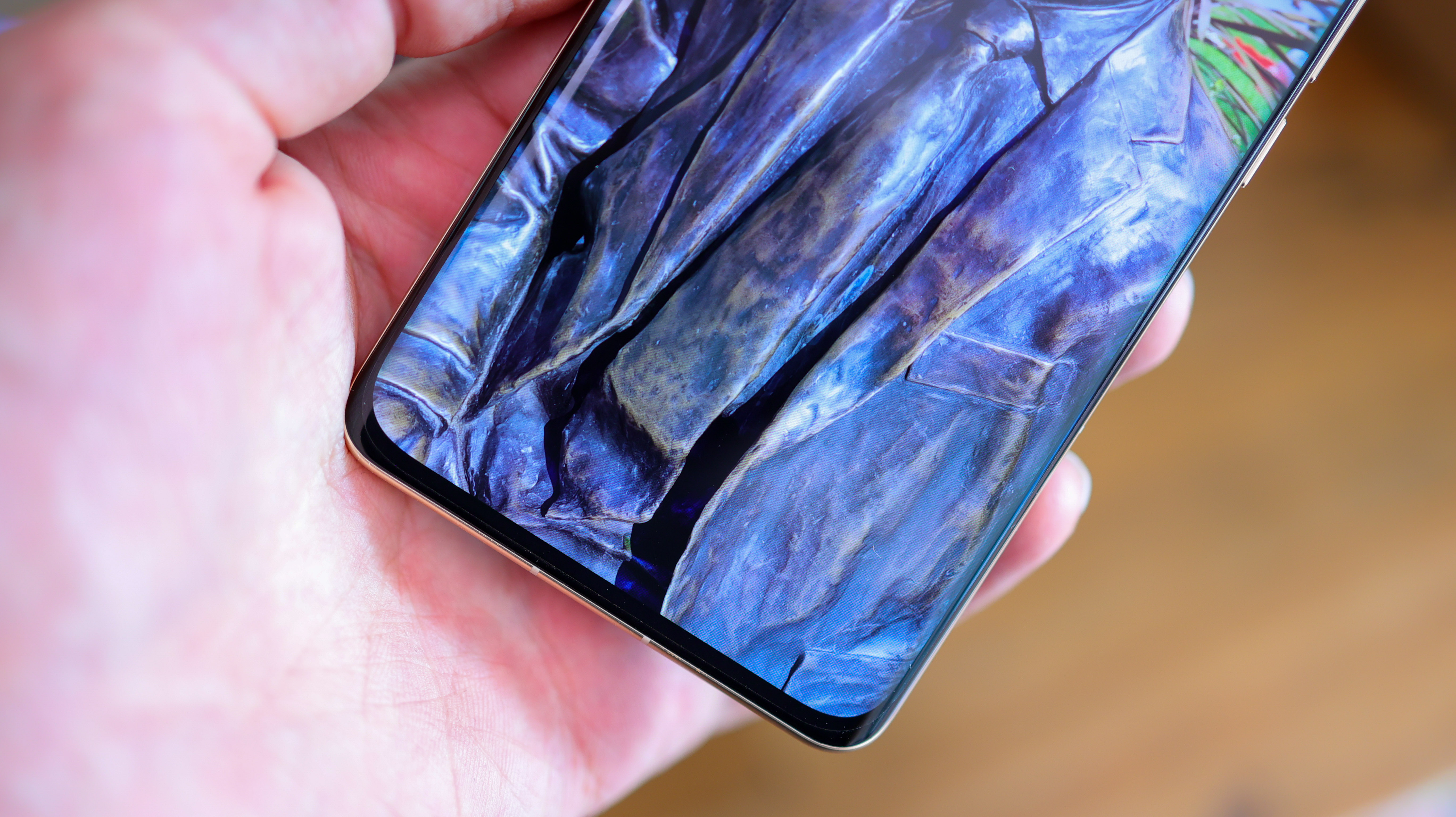
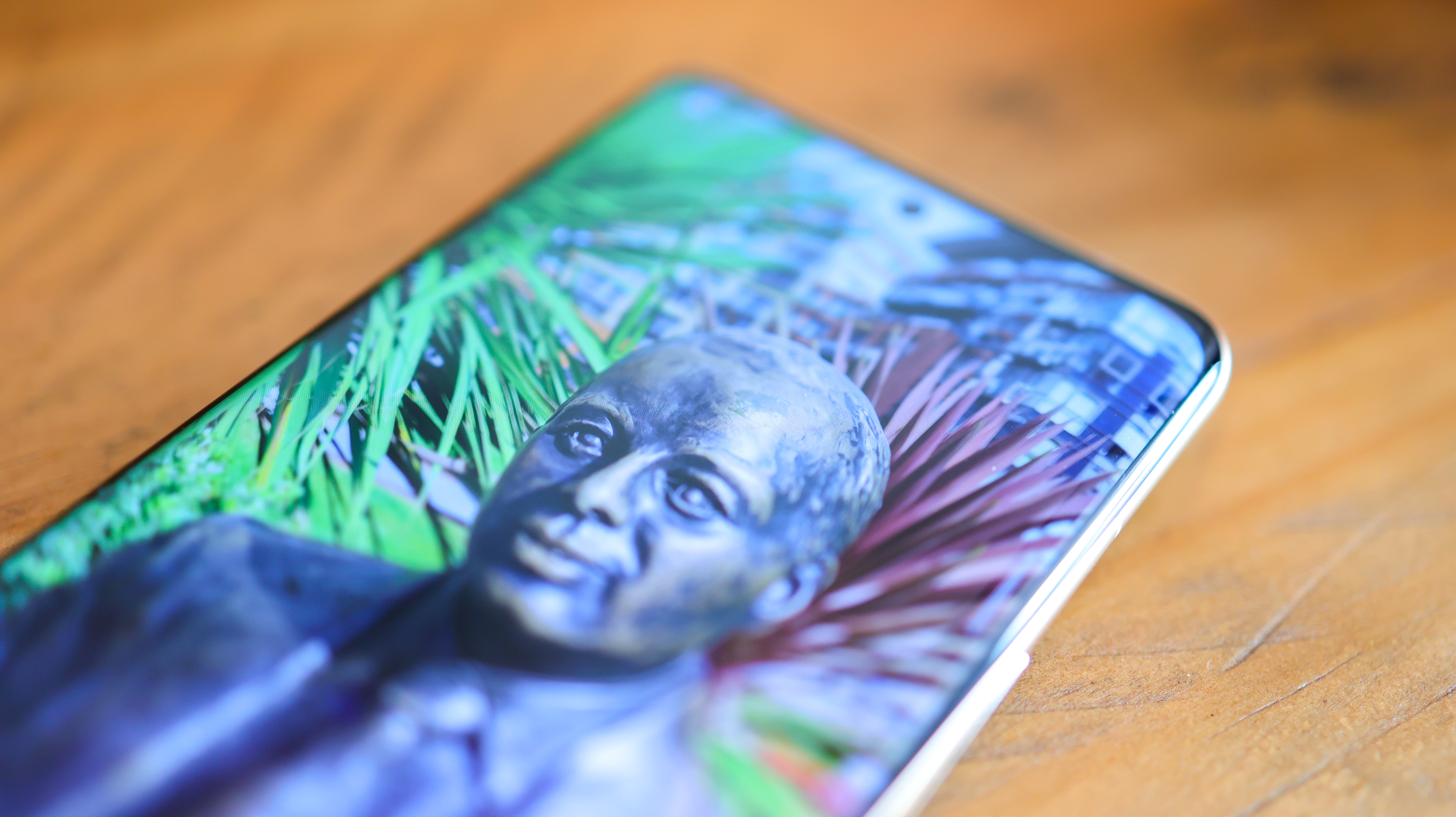
Xiaomi 12s Ultra camera
The first phone to feature the new Sony IMX 989 1-inch camera sensor, and the first Xiaomi phone to feature Leica's color science as part of the brands' partnership, the 12s Ultra's camera should shake things up, both when it comes to hardware and software.
Starting with hardware, the main camera comprises the 1-inch camera sensor from Sony with a Leica professional optical lens, and an f/1.9 aperture. With its 50.3MP resolution, it has 1.6-micron pixels, and when capturing photos at the default 12.5MP, the combined pixel size climbs up to 3.2 microns.
For context, the 24MP APS-C Nikon D5600 DSLR has 3.89-micron pixels – so the 12s Ultra's numbers read very well indeed for a smartphone. The camera also features OIS and octa-phase-detection autofocus, and the sensor's ISO ranges from 50-12,800.
The secondary cameras on the Xiaomi 12s Ultra are 48MP, and feature the same Sony IMX 586 sensor. Half the size of the IMX 989, the 1/2-inch sensors are nevertheless competitive for telephoto and ultra-wide cameras, and benefit from 1.6-micron, four-in-one pixel-binning, capturing 12MP images by default.
The ultra-wide camera features a wide f/2.2 aperture, matched with a 13mm, 128º field of view. It also packs autofocus and doubles up as a super-wide macro camera with a minimum focus distance of around 4cm. As for the telephoto camera, it's a periscope system with a 120mm focal length and an f/4.1 aperture.
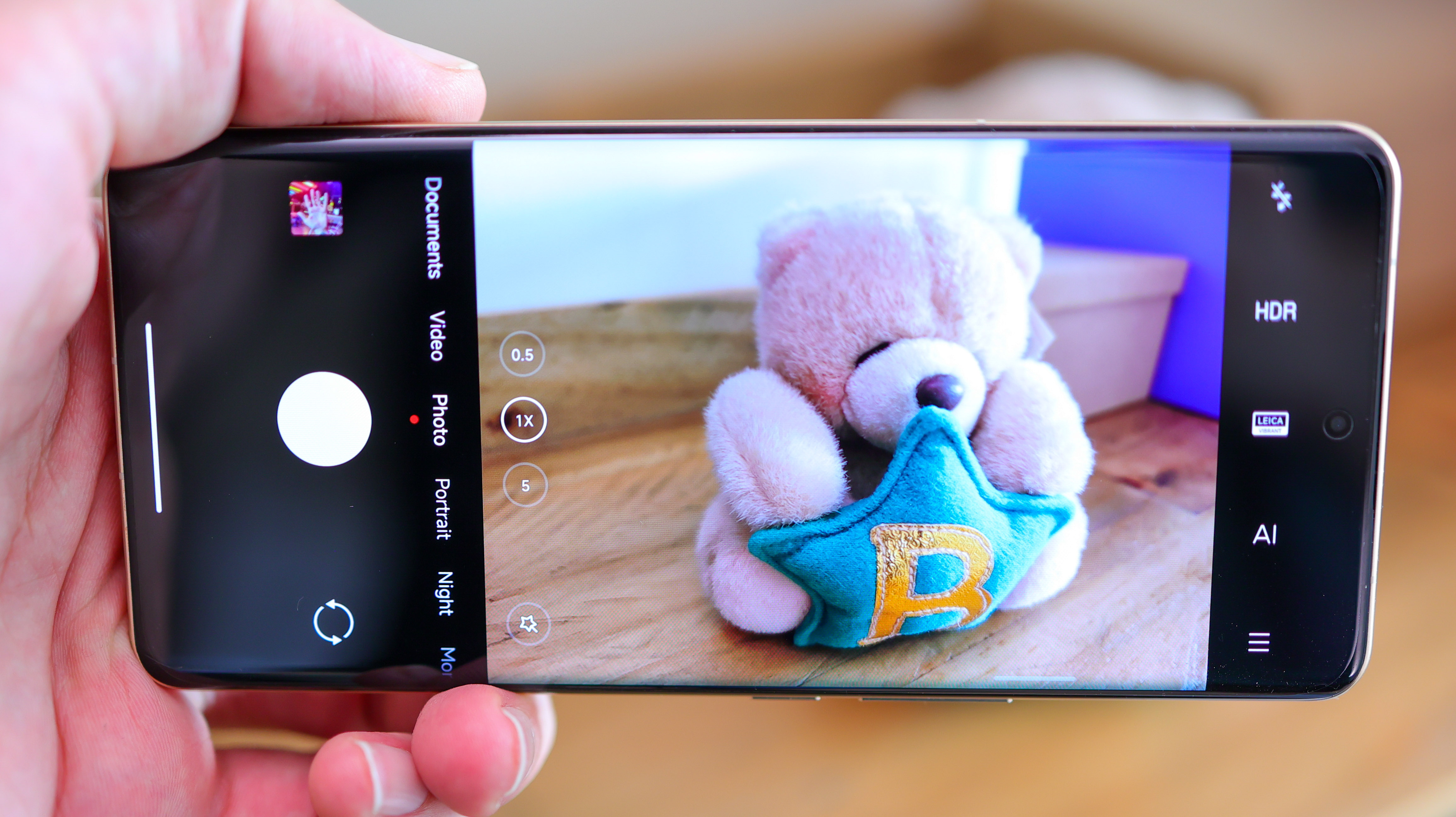
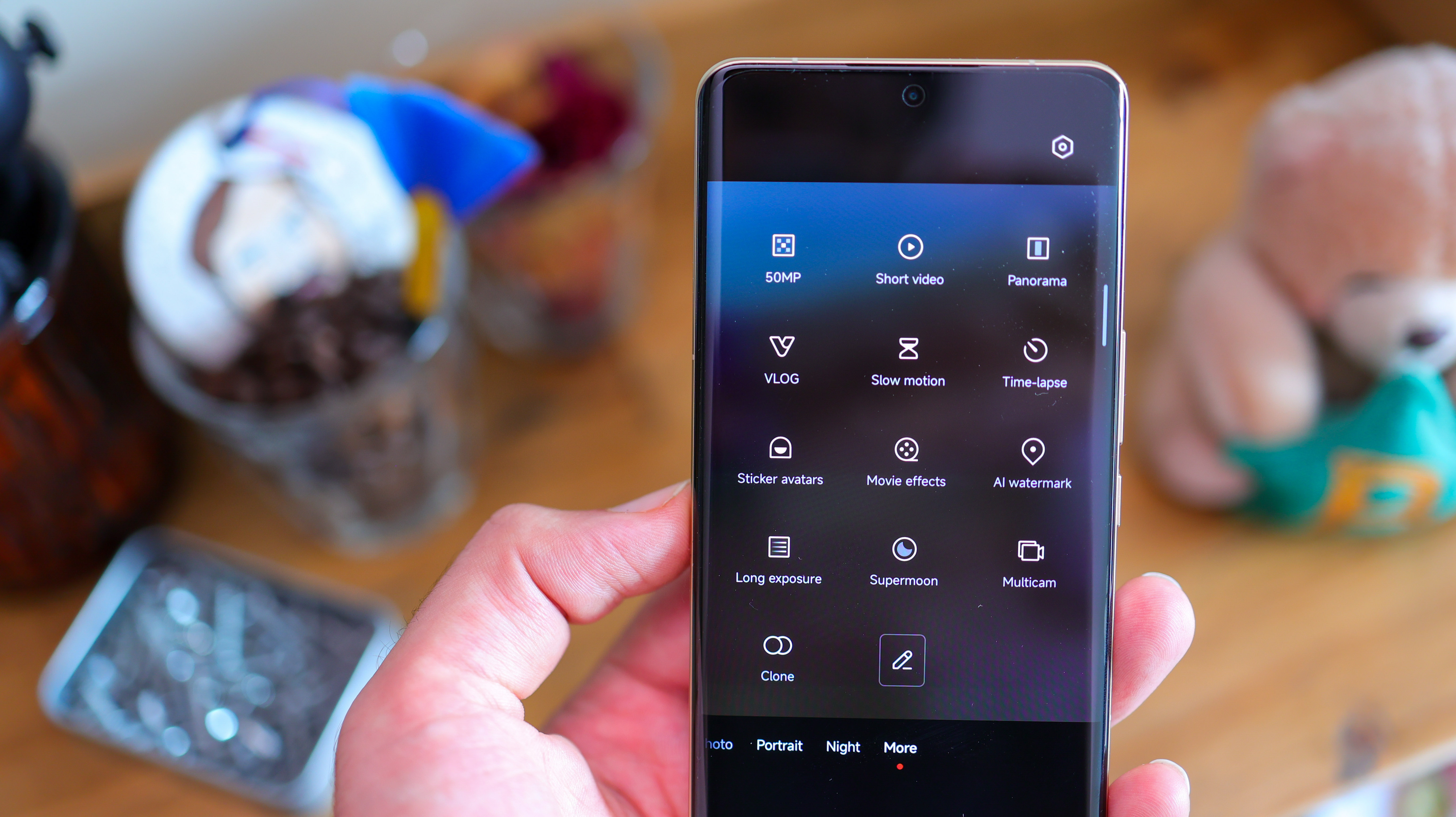
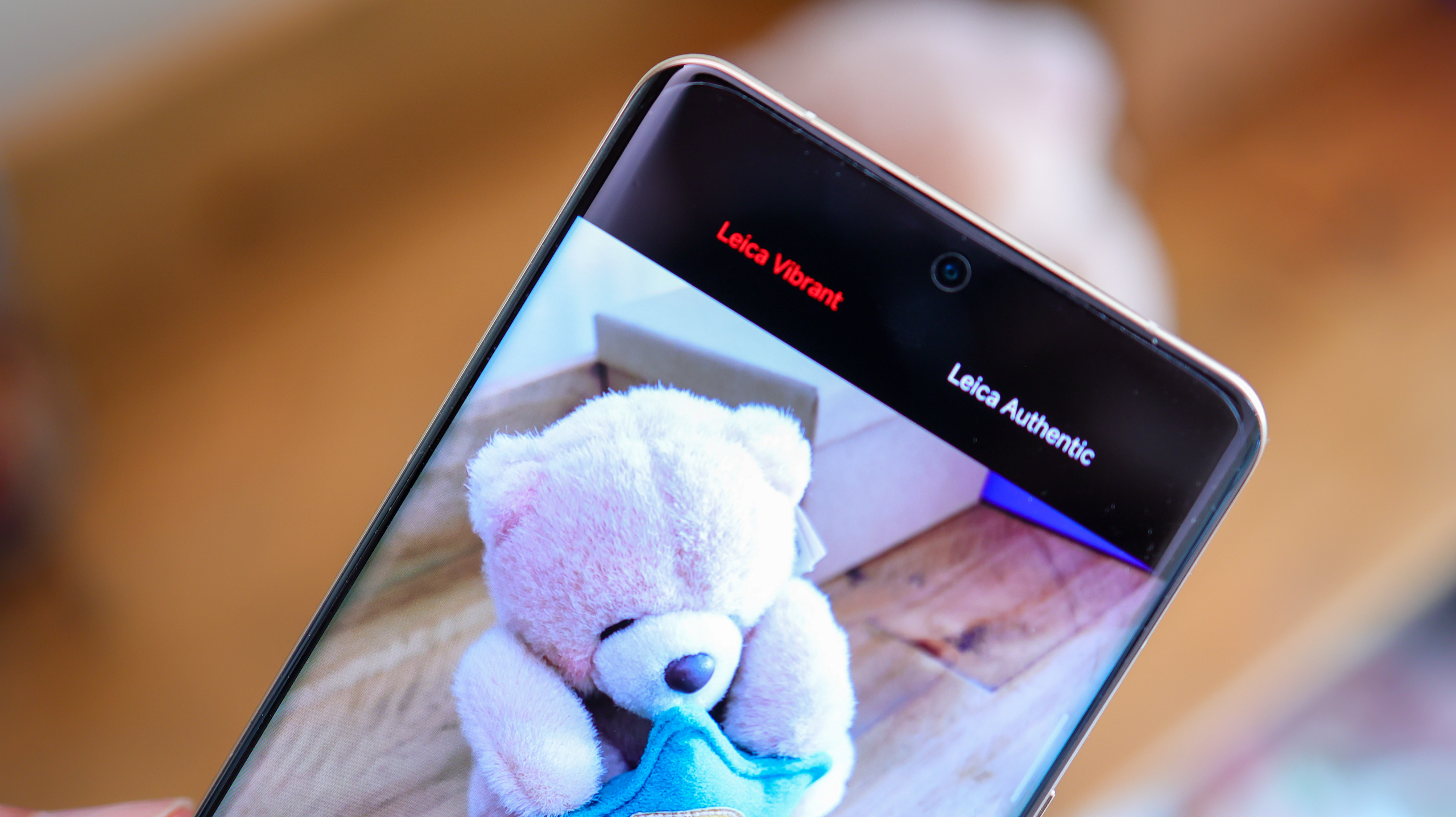
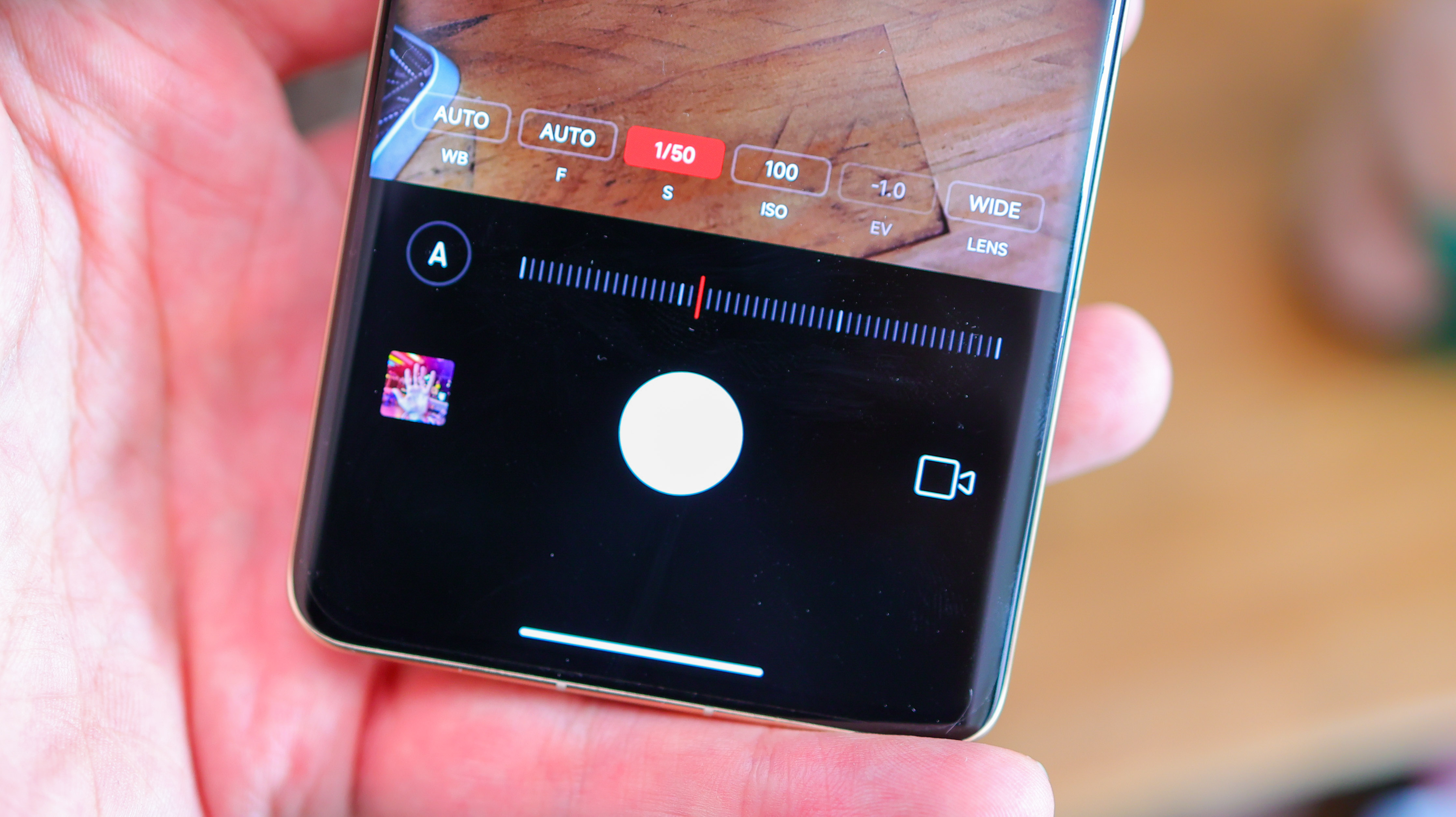
Shooting modes include Photo, Video, Pro, Portrait, Night, 50MP, Panorama, Slow motion, Time-lapse, Long exposure, Supermoon, Clone, Documents, Multicam, AI watermark, Movie effects, Sticker avatars, VLOG, and Short video.
Pro mode is where you can tap into both manual photography and video capture, with RAW capture across all three cameras and a manual shutter speed up to 30 seconds.
Xiaomi 12s Ultra camera review
When you fire up the 12s Ultra's camera, you get an option to shoot in Leica Vibrant and Leica Authentic. This is where the iconic brand's color science comes into play, and most of the photos in this review were captured in Leica Vibrant.
While we're normally fans of more natural-looking photos, the Leica Natural look has a cool look with dark shadows and a generally high-contrast, gloomy vibe to it. Meanwhile, Leica Vibrant is still pleasingly contrasted, more lively, and generally rich, while still being natural-looking and balanced.
As you can see from the images below, the detail at the focal point of a shot taken on the Xiaomi 12s Ultra is strong. The phone relies on sharpening much less than other cameras, specifically, the iPhone 13 Pro Max, so its photos look more natural when cropped into.
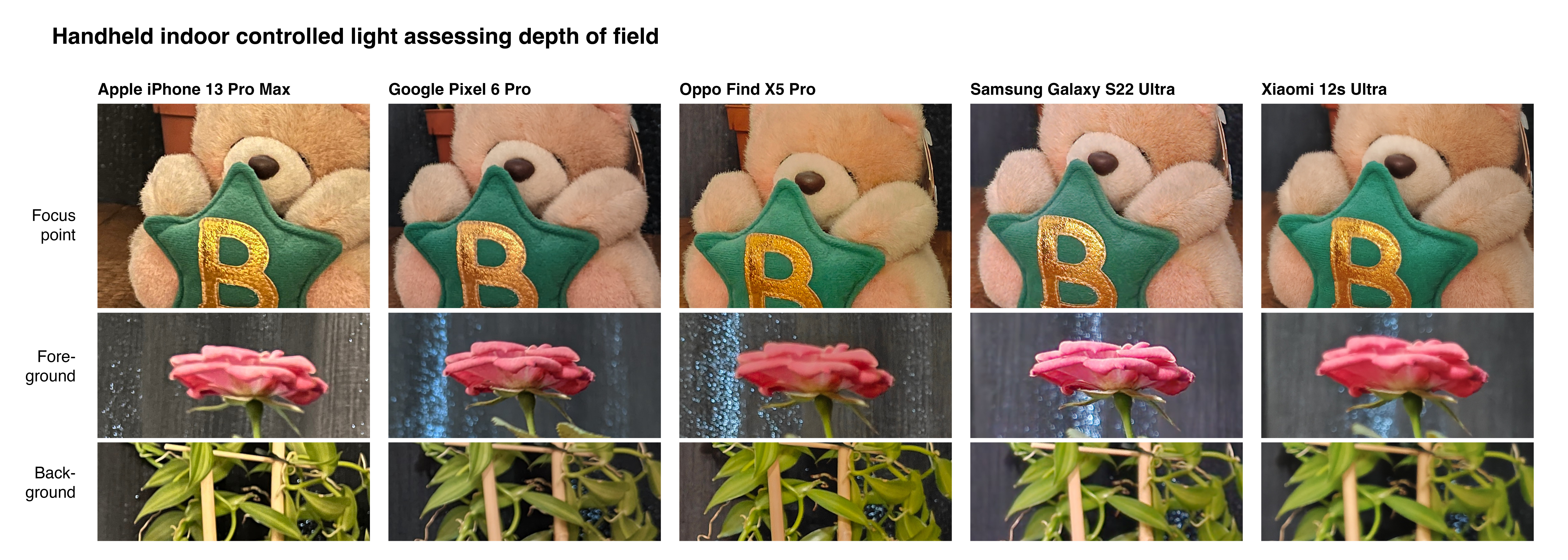
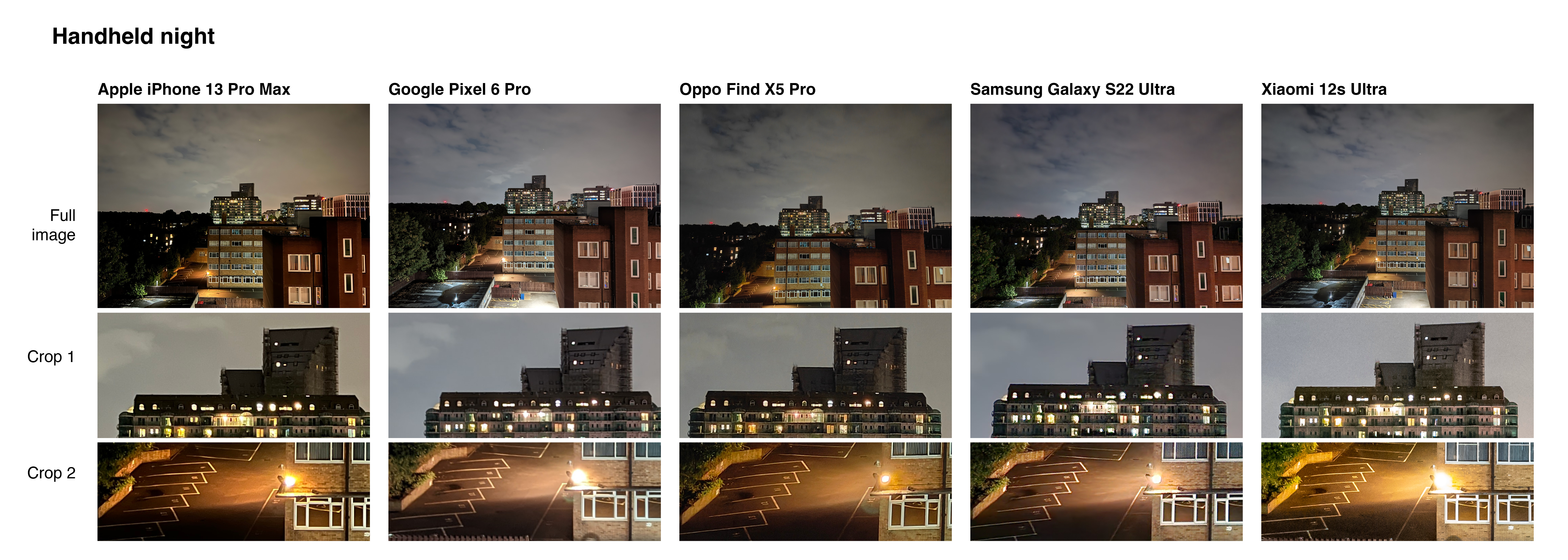
Nothing else on the market can compete with the Xiaomi 12s Ultra's shallow depth of field, with the rose in the foreground in the image above, and the vanilla orchid in the background sporting a natural diffuse blur in the 12s Ultra's shot.
A shallow depth of field isn't always the goal though. Practical camera requirements like using your phone as a document scanner, for example, will be more difficult to nail with the 12s Ultra. Its shallower depth of field and fixed f/1.9 aperture will struggle to keep the whole document in focus. Still, for impactful, stylistic photography, depth when shooting subjects under 1.5m away, the 12s Ultra is undeniably impressive.
Color accuracy on the main camera was strong, and in most scenes, we found this to be matched across all three cameras – but it isn't a totally seamless camera mix.
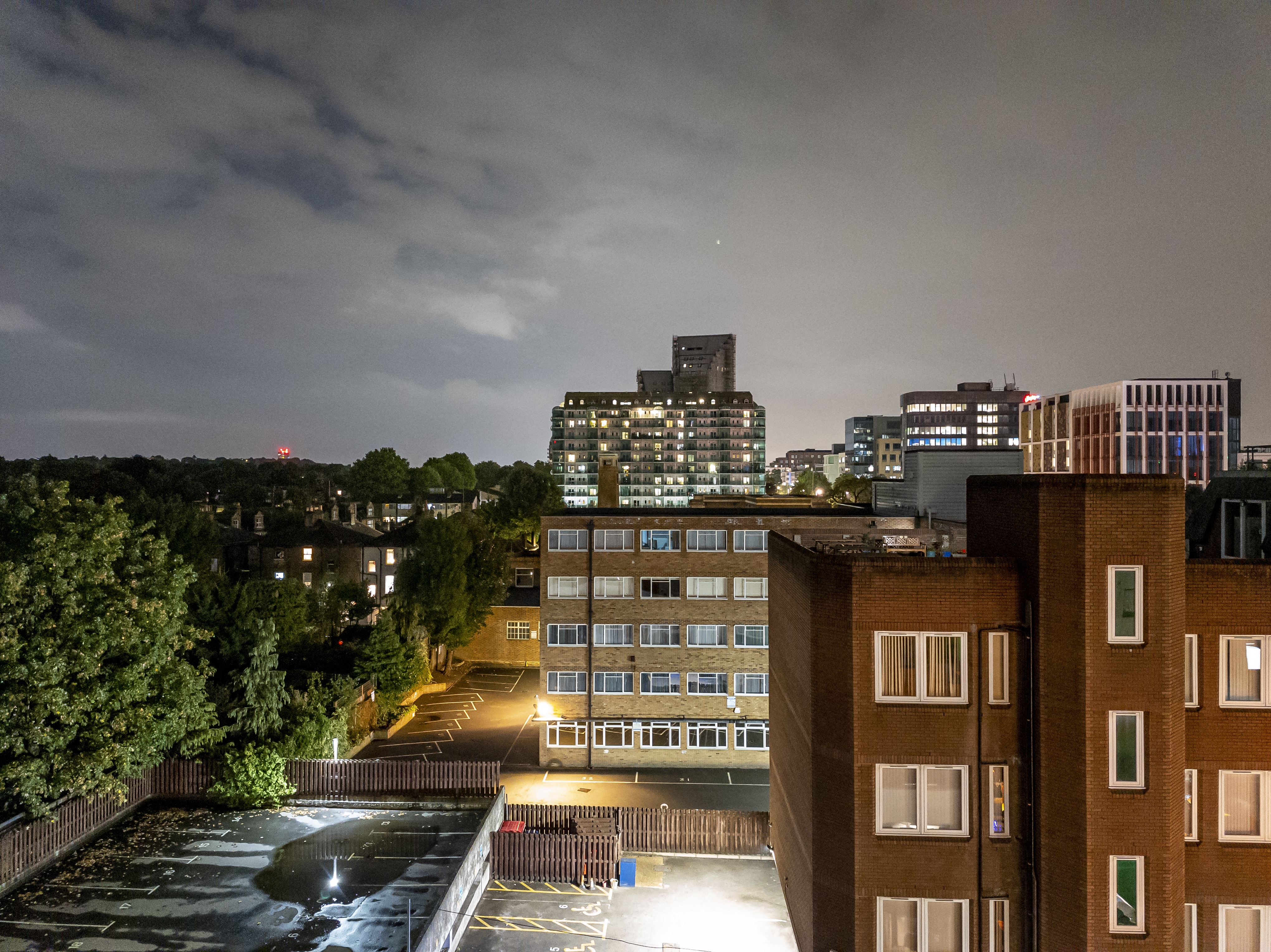
Another benefit of the Xiaomi 12s Ultra's big sensor is its excellent dynamic range and lowlight performance. The image above was captured in RAW with a 1/5 shutter speed, handheld, at ISO 3200. While it looks like there's computational photography at play given the amount of shadow detail we've pulled out, there isn't – this is just a very powerful camera.

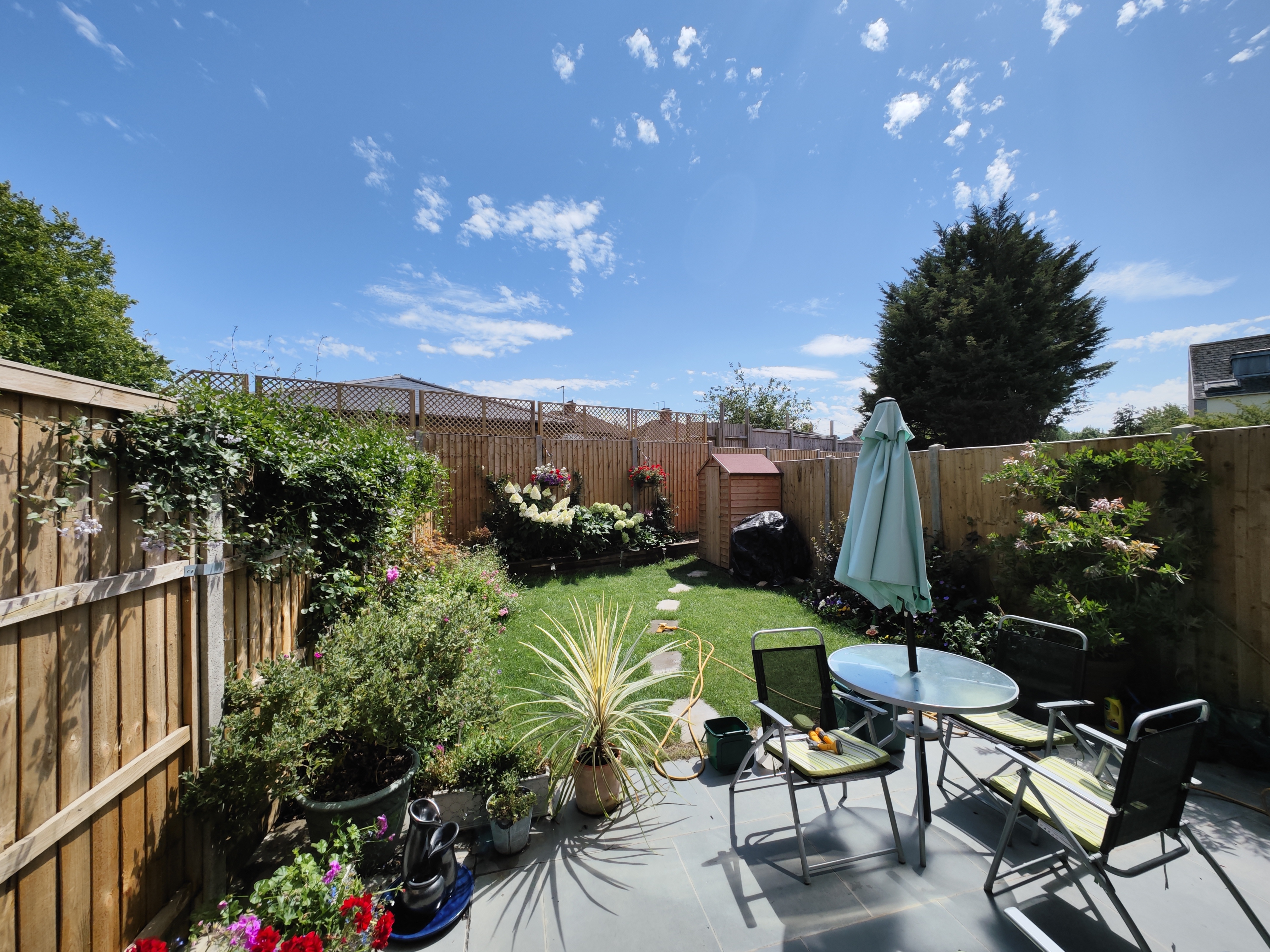








While you shouldn't expect the same quality across all three cameras, the telephoto camera and ultra-wide are both strong performers that capture exceptional detail, especially in bright environments. They lack the dynamic range of the main camera, most notable when shooting in low to middling light across all three, and using all the cameras' shots alongside one another. Still, thanks to a powerful night mode, and manual support for the secondary cameras too, you can eke out impressive shots from them even when the lighting isn't great.
Additional shooting modes can help the phone make the most of its secondary cameras. Supermoon, for example, used the 120mm periscope camera to shoot the image of the moon below – a better result than you could hope for from some premium compact cameras.
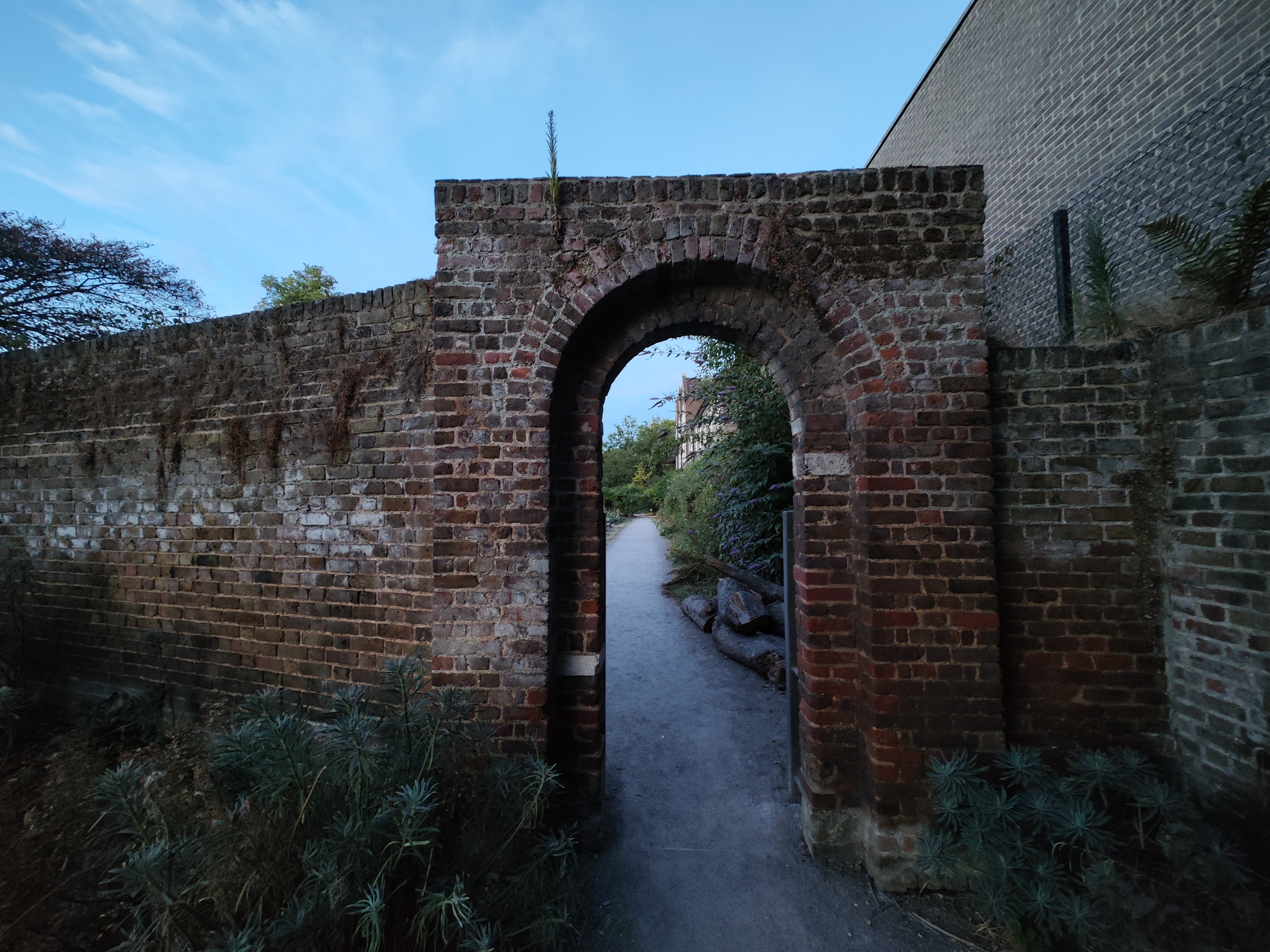
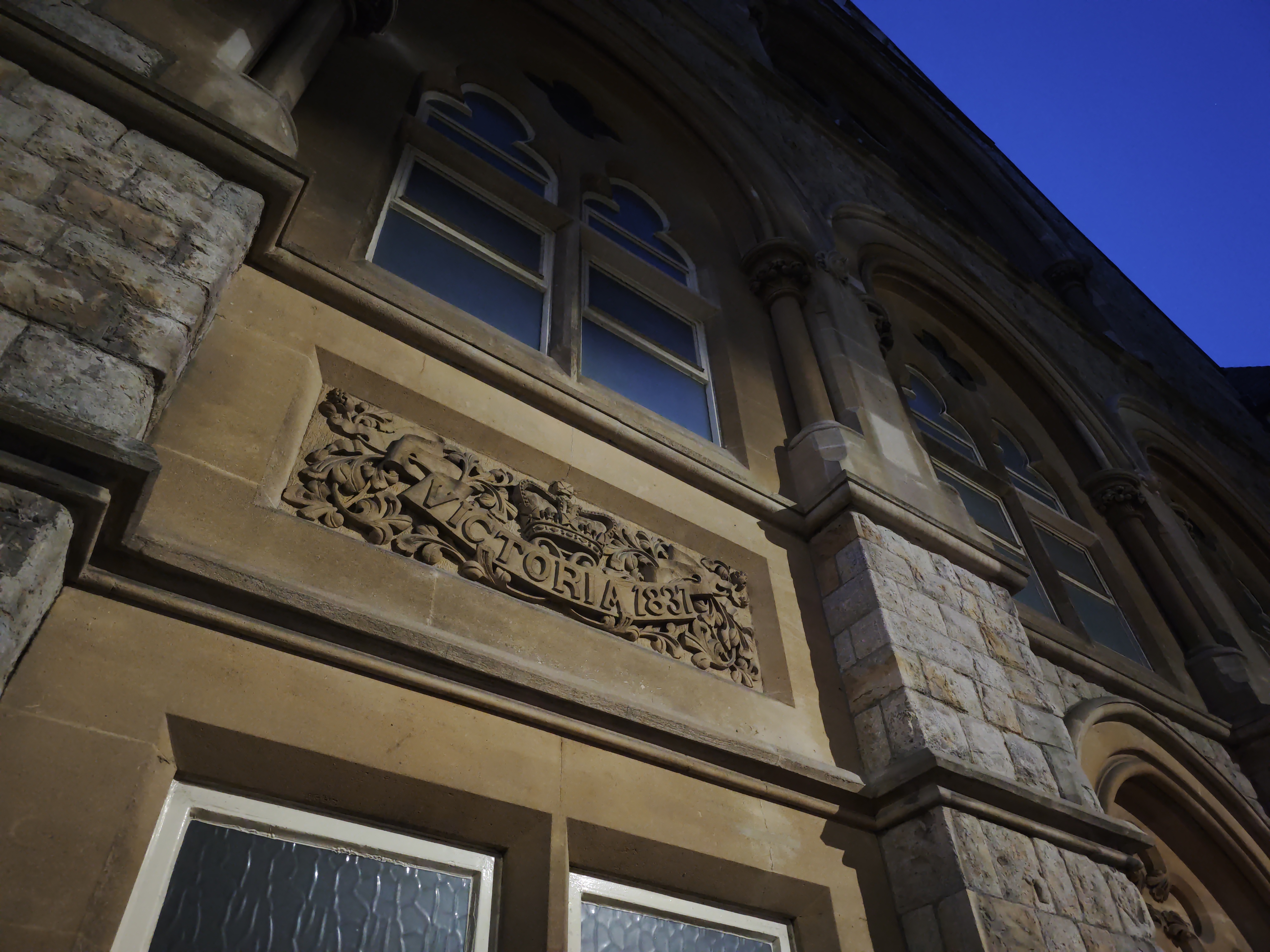
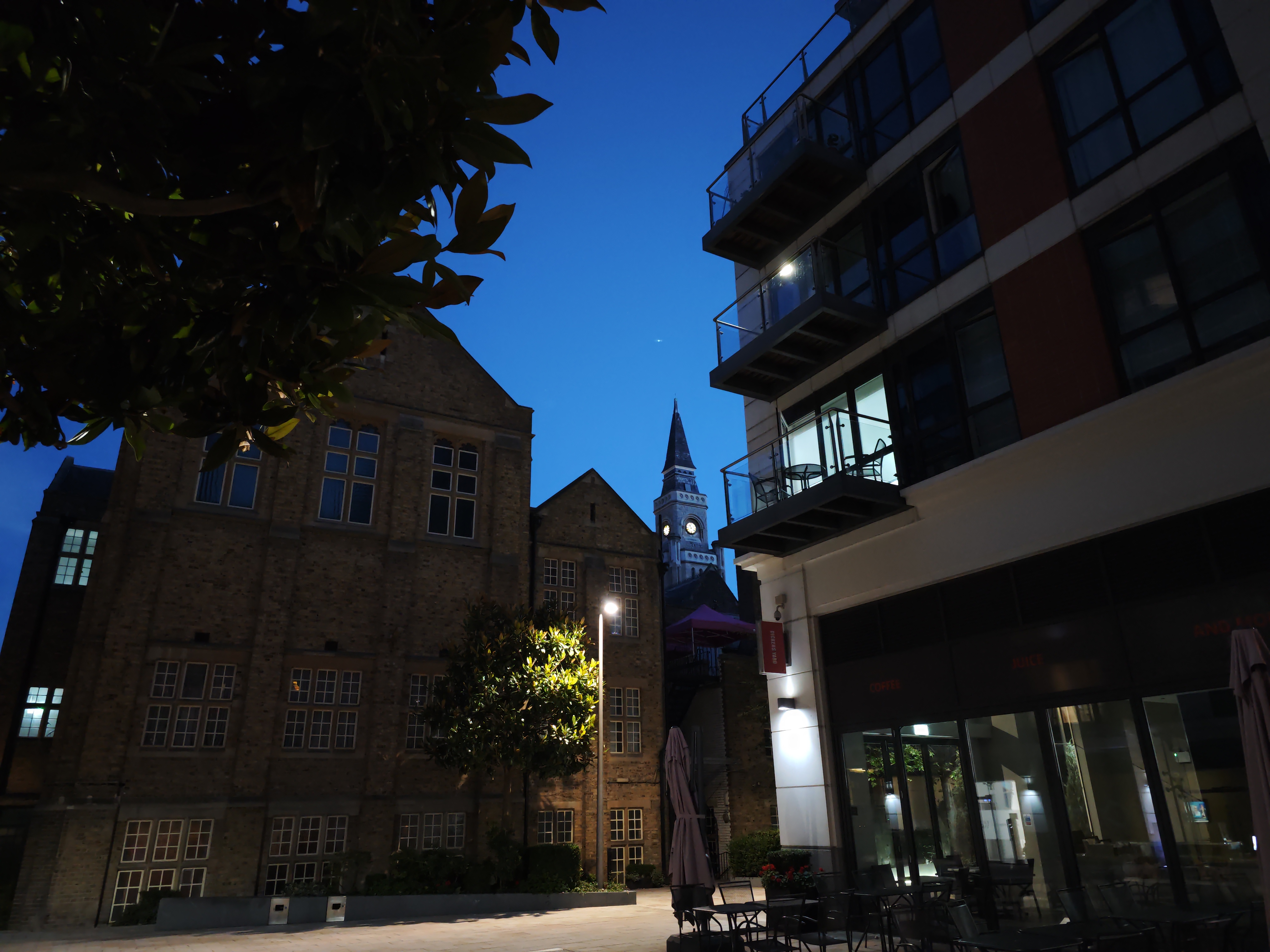


The Xiaomi 12s Ultra captures 8K video at up to 30 frames per second, and it looks excellent in bright light, held together by mighty image stabilization that works well across all quality settings.
The main camera's lowlight video performance is also best-in-class when it comes to noise handling, so for video enthusiasts, it could be a great choice. That said, the phone doesn't support Filmic Pro at the time of this review, so you can't access that mighty IMX 989 with full cinema camera controls.
Additional camera samples




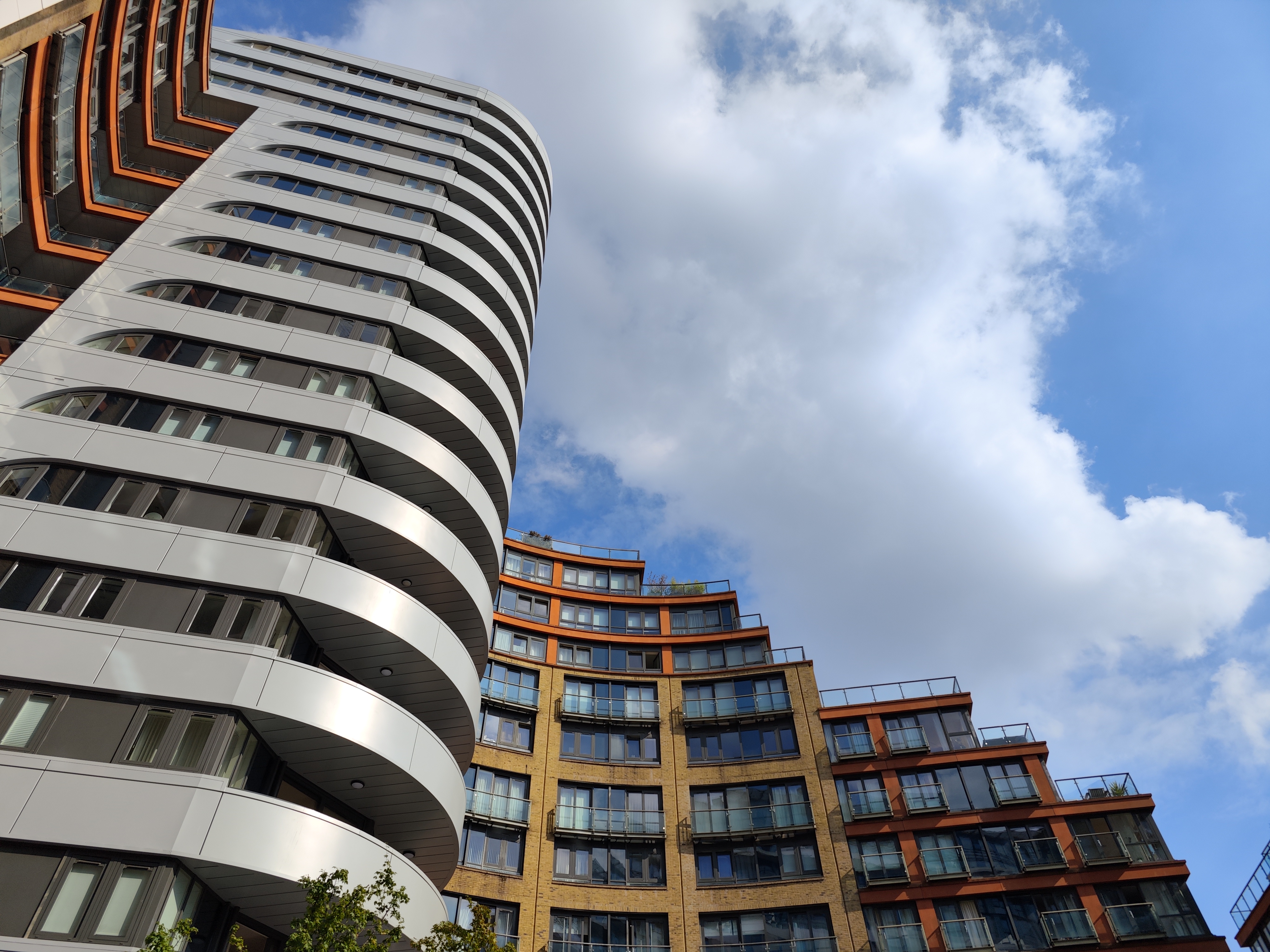



Xiaomi 12s Ultra performance
With a 4860mAh battery, the Xiaomi 12s Ultra's not far behind the 5000mAh competition and easily made it through a full day in our time with it. Complete with 67W fast wired charging, and 50W fast wireless charging, it's also quick to power up, though doesn't beat the likes of the OnePlus 10T and Realme GT Neo 3, with their 150W speeds.
With both an under-display fingerprint scanner and face unlocking, it's easy to get into the 12s Ultra quickly and (relatively) securely, and the fingerprint scanner worked well in our time with it.
Dual speakers tuned by Harman / Kardon means sound is both loud and expansive, and the phone produces decent volume and separation.

The Xiaomi 12s Ultra doesn't feature expandable storage, though its storage/RAM configurations of 256GB/8GB, 256GB/12GB or 512GB/12GB should be plenty for most. Additionally, the latest Qualcomm Snapdragon 8+ Gen 1 power means the Xiaomi 12s Ultra is at the top of its game when it comes to performance. The sticking point with the smartphone is its China-only availability, and that's reflected in its interface.
Running Android 12 with Xiaomi's Chinese MIUI over the top, when you first boot up the phone, it's loaded with Chinese apps and a Chinese keyboard. A few app uninstalls later, and a sideload of Google Play Services (from the official Xiaomi app store), and we were able to Google-ify the 12s Ultra, making it function a bit more like a Western phone.
Not perfect – we couldn't get some features like Google's nearby share to work, though we did add a payment card to Google Wallet, and it worked great. So if you are thinking about importing the Xiaomi 12s Ultra, while app support should be near-perfect once you sideload the Google Play store, some features you've come to expect from true global smartphones might be beyond your reach. Additionally, some Chinese features and apps like Xiaomi's GetApps won't be uninstallable.
Verdict
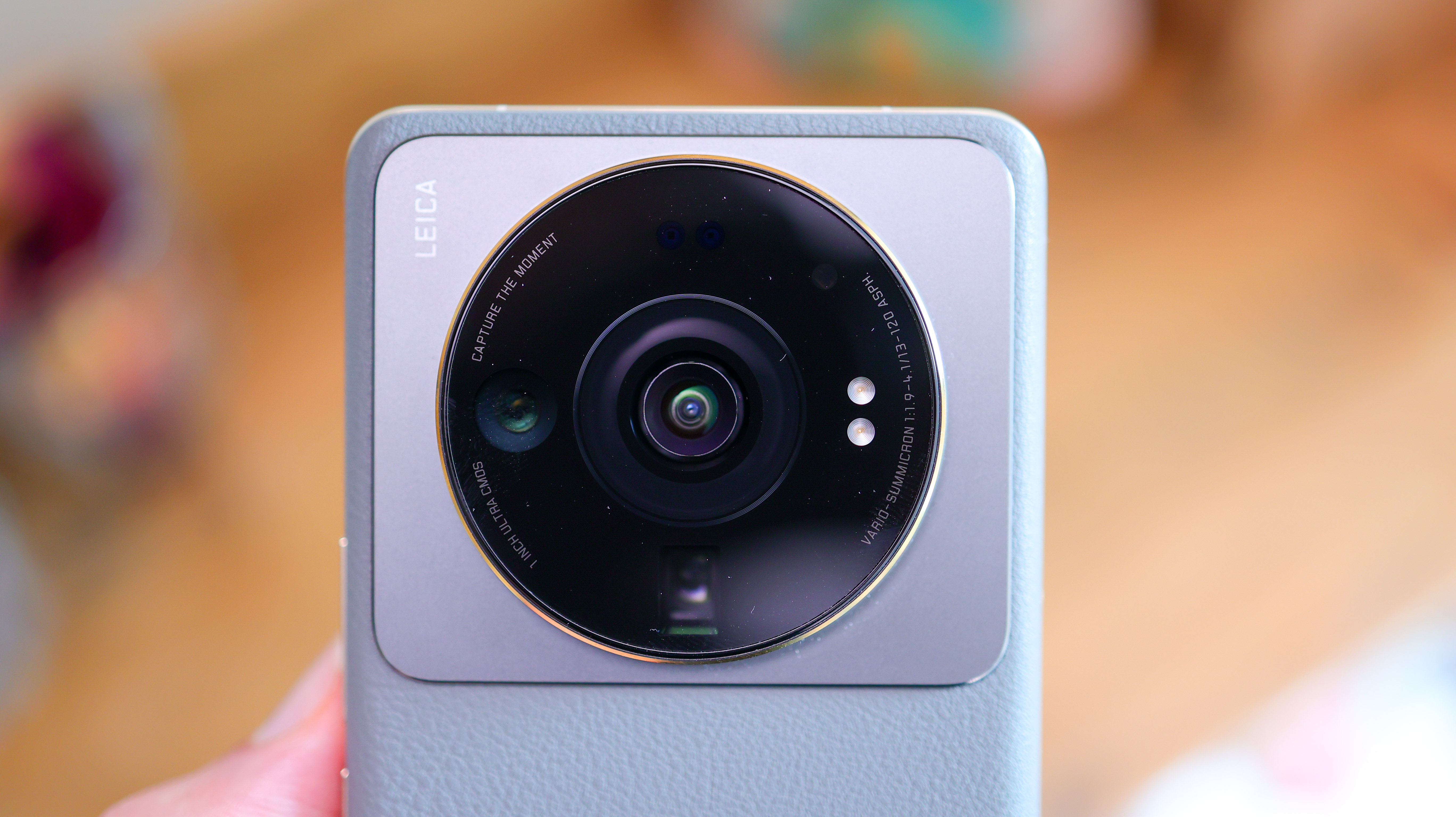
The Xiaomi 12s Ultra is a landmark smartphone. Not only does it feature the very best camera we've ever used on a mobile, it also combines it with a compelling package. The design is novel and premium, the phone's screen is a quality display, and its battery credentials or performance don't drop the ball.
For photography enthusiasts who generally use Android phones, it's a crying shame the 12s Ultra hasn't made it outside China. The phone would have put a powerful 23mm 1-inch camera in their pockets, and resulted in some beautiful snaps.
If you consider yourself an Android geek, then it might be worth importing Xiaomi's best-in-class camera phone. You can get it to work in the UK or US, you just need to be comfortable with sideloading apps and manually managing permissions.
More compelling is the fact the Xiaomi 12s Ultra actually undercuts most Western phones in its class, despite it being the best camera phone we've ever tested. Starting from 5,999 Yuan (roughly $890 / £735) for the 8GB RAM / 256GB version, if you picked one up for that price, you'd be getting incredible camera phone value. Despite a degree of importability, though, for most, the 12s Ultra is a taste of the future rather than a viable option right now.
We can only hope its 1-inch, Sony IMX 989 sensor makes its way into other phones that do launch globally, and that Leica's contribution to this superphone is as meaningful across Xiaomi's upcoming range. If it is, and Xiaomi continues to push smartphone photography as hard as it has in the 12s Ultra, then it will be the camera phone maker to beat around the world – not just in China.
Read more
Best Xiaomi phone
Best camera phones
Best rugged phones
Best budget phones
Basil Kronfli is a freelance technology journalist, consultant, and content creator. He trained in graphic design and started his career at Canon Europe before moving into journalism. Basil is also experienced in video production, independently running the YouTube channel TechEdit, and during his time at Future, he worked alongside the Digital Camera World team as a senior video producer.

